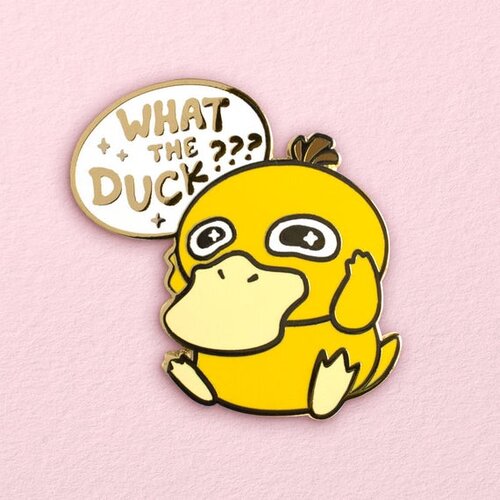Ever wondered how to make hard enamel pins? Whether you’re a hobbyist looking to express your creativity or an entrepreneur aiming to start a small business, crafting hard enamel pins can be both fun and rewarding. This guide will walk you through the entire process, from concept to creation, ensuring you can produce stunning pins that will wow everyone. So, let’s dive in and discover the magic behind these little pieces of art!
Source:https://enamelpinfactory.com/products/custom-hard-enamel-pin-badges
What Are Hard Enamel Pins?
Before we jump into the nitty-gritty, let’s understand what makes hard enamel pins special. Hard enamel pins, also known as cloisonné pins, are known for their smooth, glossy finish and durability. Unlike soft enamel pins, the enamel in hard enamel pins is polished flat, giving them a sleek and professional look.
Why Choose Hard Enamel Pins?
You might be asking yourself, “Why go for hard enamel pins?” Well, here are a few reasons:
- Durability: Hard enamel pins are more resistant to scratches and wear.
- Premium Look: Their smooth finish gives them a high-quality, professional appearance.
- Versatility: They can be used for various purposes, from promotional items to collectible art pieces.

Source:https://gumtoo.sg/blog/difference-between-hard-enamel-pins-and-soft-enamel-pins
Materials You’ll Need
Ready to get started? First, gather these essential materials:
- Design software (like Adobe Illustrator or CorelDRAW)
- Metal base (typically copper or brass)
- Enamel powders
- Kiln or oven
- Polishing tools
- Epoxy coating (optional)

Source:https://www.metropins.com/plating-options.html
Step-by-Step Guide on How to Make Hard Enamel Pins
1. Create Your Design
The first step in how to make hard enamel pins is to create a design. Use a design software to sketch out your idea. Keep in mind that simpler designs work better due to the pin’s small size.
Tips for Designing:
- Use bold lines and clear shapes.
- Avoid tiny details that might not translate well.
- Consider color placement carefully.
Source:https://www.facebook.com/CYOcreateyourown/
2. Prepare the Metal Base
Once you have your design, it’s time to prepare the metal base. Your design will be stamped or etched onto the metal, creating the outlines for your enamel. This process usually requires professional equipment, so you might need to work with a manufacturer unless you have the necessary tools at home.
3. Apply the Enamel
Here’s where the fun begins! Fill the recessed areas of your metal base with enamel powders. These powders will melt and harden into smooth, glossy enamel when heated. You can use different colors to bring your design to life.
4. Firing the Pins
After applying the enamel, it’s time to fire your pins. Place them in a kiln or oven at a high temperature to melt the enamel powders. This step is crucial as it ensures the enamel fuses properly with the metal base.
5. Polishing
Once your pins have cooled down, they might have a slightly rough surface. Use polishing tools to smooth out the enamel, giving your pins that signature glossy finish.
6. Adding a Protective Coating
Although optional, adding an epoxy coating can provide extra protection to your pins. It also gives them an extra shine, making the colors pop even more.

Source:https://www.walmart.com/
7. Attaching the Pin Back
The final step is attaching the pin back. This can be done using a strong adhesive or by soldering, depending on your preference and tools available.
FAQs
1.What’s the difference between hard enamel and soft enamel pins?
Hard enamel pins have a smooth, polished surface, while soft enamel pins have recessed areas that give a textured feel. Hard enamel is more durable and has a more premium look.
2.Can I make hard enamel pins at home?
While it’s possible to make hard enamel pins at home, it requires specific tools and equipment, like a kiln or professional metal stamping tools. Many beginners choose to design their pins and work with a manufacturer for production.
3.How long does it take to make a hard enamel pin?
The timeline can vary depending on your design complexity and the production process. Typically, it can take a few weeks from design to final product.
4.Are hard enamel pins expensive to produce?
The cost depends on various factors, including design complexity, the number of colors used, and production volume. While they can be more expensive than soft enamel pins, their durability and premium look often justify the price.
Conclusion
And there you have it – a comprehensive guide on how to make hard enamel pins! Whether you’re crafting for fun or planning to sell your creations, the process is both enjoyable and rewarding. With a bit of creativity and patience, you’ll be able to produce stunning hard enamel pins that stand out from the crowd. So, grab your materials and start creating – the world of hard enamel pins awaits!



